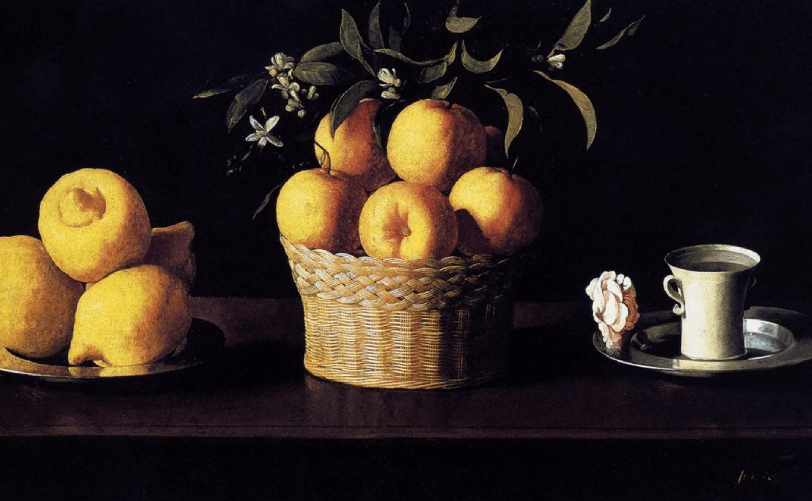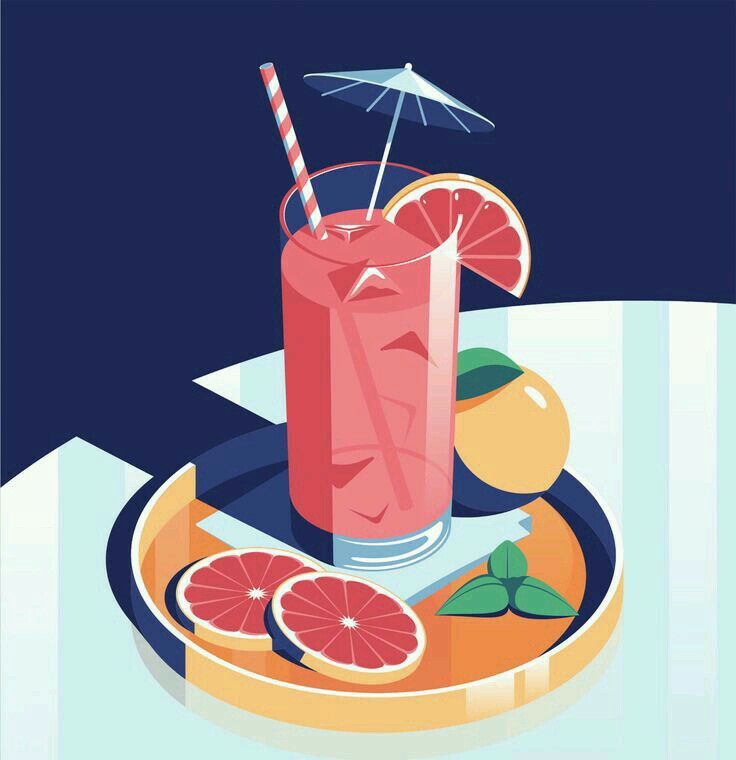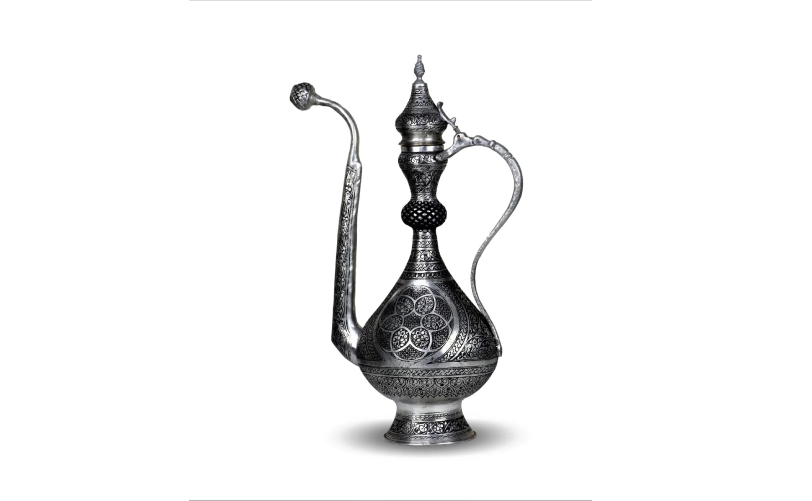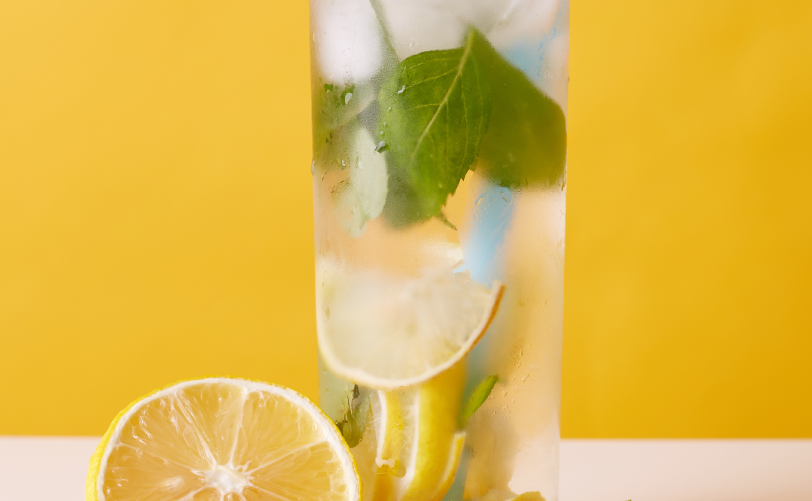
Visual art captures the finest nuances of human experience, immortalizing everyday objects and fleeting moments on canvas. Cold beverages, such as lemonade, sherbet, and ice-filled glassware, have long held a special place among the motifs of still life painting. These objects are not mere decorative elements; they serve as allegories rich with symbolic meaning, showcasing mastery in light, texture, and color.
Artists portray the fragility of transparent glass and the crystalline nature of ice with precision, elevating these details into a visual poetry that resonates with both realism and metaphor.
Cold Beverages and the Still Life Tradition: A Journey Through History and Symbolism
Historical Depth: Cold Drinks in the Still Life Tradition
Still life painting, particularly during the Dutch Golden Age, evolved into a sophisticated form of artistic expression. In Baroque art, shaped by dramatic chiaroscuro contrasts, cold beverages symbolized transience, luxury, and fragility, integrating seamlessly with the vanitas theme. Masters like Willem Claesz Heda and Pieter Claesz captivated viewers with reflective surfaces and delicate lighting, evoking a sense of freshness and coolness that feels almost tangible.
In Ottoman miniature art, sherbet jars and glassware appear adorned with delicate motifs, symbolizing elegance, hospitality, and cultural ritual. These objects, often intertwined with Islamic decorative arts such as tezhip (illumination), held both functional and aesthetic significance.
Light, Color, and Texture: The Technical Splendor of Cold Beverages
In visual art, rendering glass and liquid surfaces, capturing light refraction and transparency, presents both a technical challenge and a visual delight. Post-Impressionist painters like Paul Cézanne masterfully employed color patches—through bright yellows of lemons and the fluidity of beverages in glass, to express nature’s vitality and movement. These works combine refined technique and composition, allowing textures, such as the crispness of ice or the glint of cold glass, to evoke a tactile experience for the viewer.
Allegory and Cultural Reflection: The Meaning Behind Cold Beverages in Art
In art, cold beverages are more than aesthetic objects; they are cultural signifiers. From the sherbet traditions of the East to the lemonade rituals of the West, these drinks appear on tables as symbols of hospitality and summer. In the allegorical language of artists, they represent refreshment, renewal, and the fleeting beauty of the present moment.
Contemporary Interpretations: Cold Drinks in Modern Art
Modern and contemporary artists reimagine cold drink themes across diverse styles—from hyperrealism to minimalism. Through digital art and photography, the transparency, color depth, and form of beverages are explored in interdisciplinary projects where aesthetics and functionality converge. This dialogue between industrial design and visual art becomes particularly evident in objects like beverage dispensers and machines.
Conclusion: The Timeless Dance of Art and Refreshment
Cold beverages, as recurring motifs in visual art, unite technical mastery with cultural symbolism. The refreshing details of still lifes offer both a visual feast and a cultural journey. Through depictions of lemonade jars, sherbet dispensers, and ice-filled glasses, art continues to capture the fleeting, fresh moments of life, making them timeless in the process.



